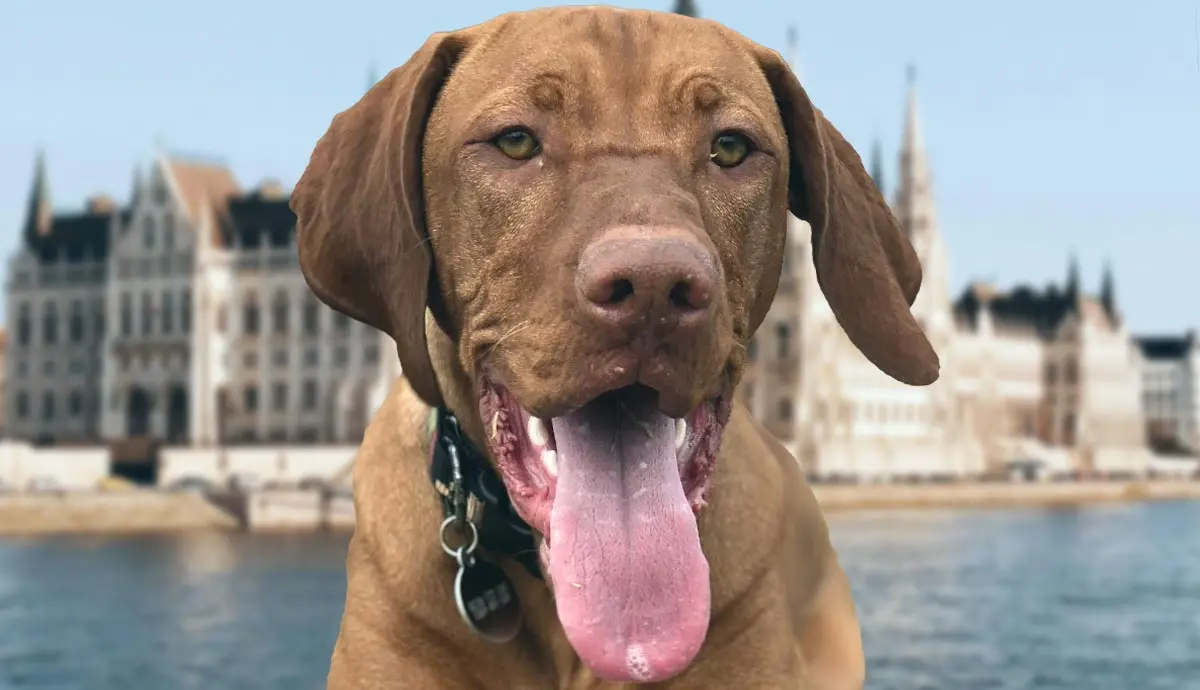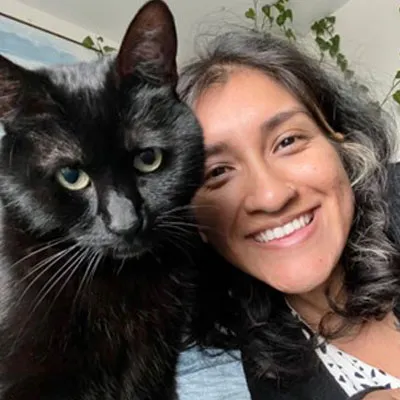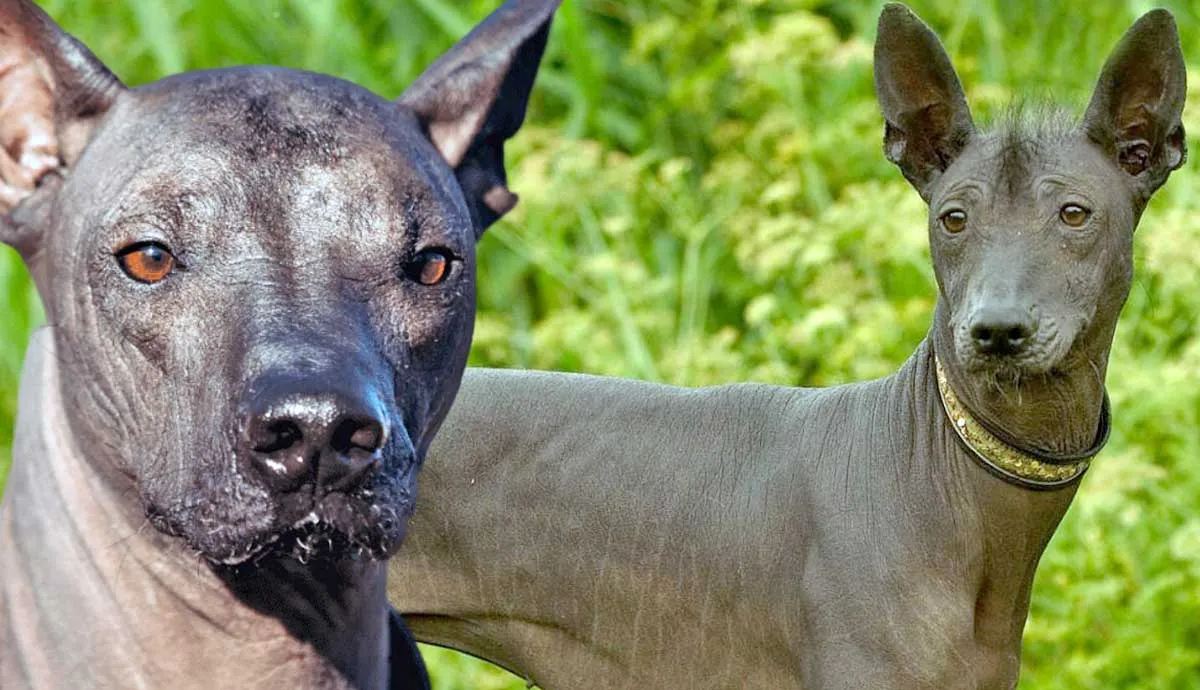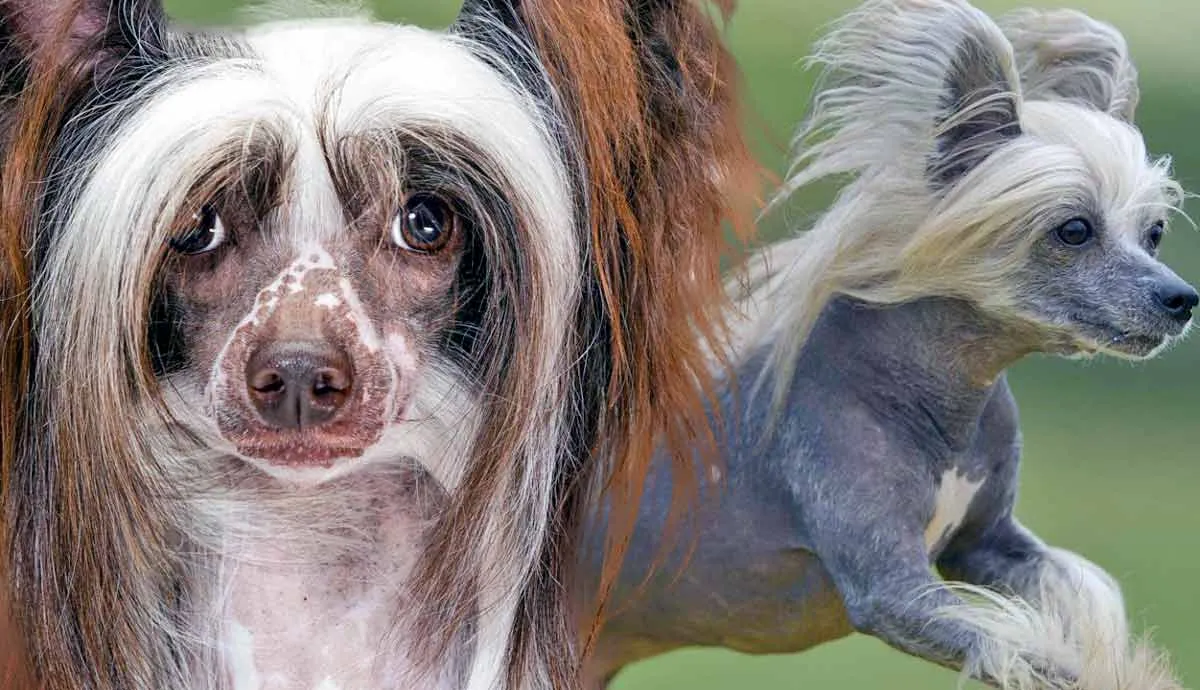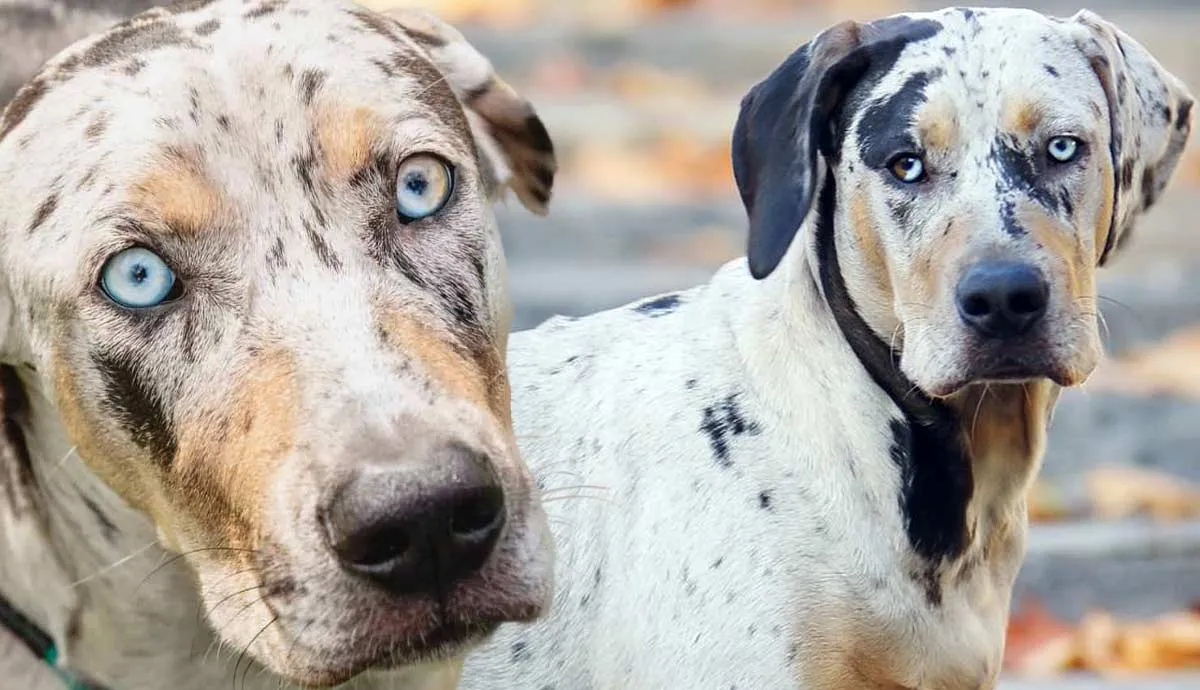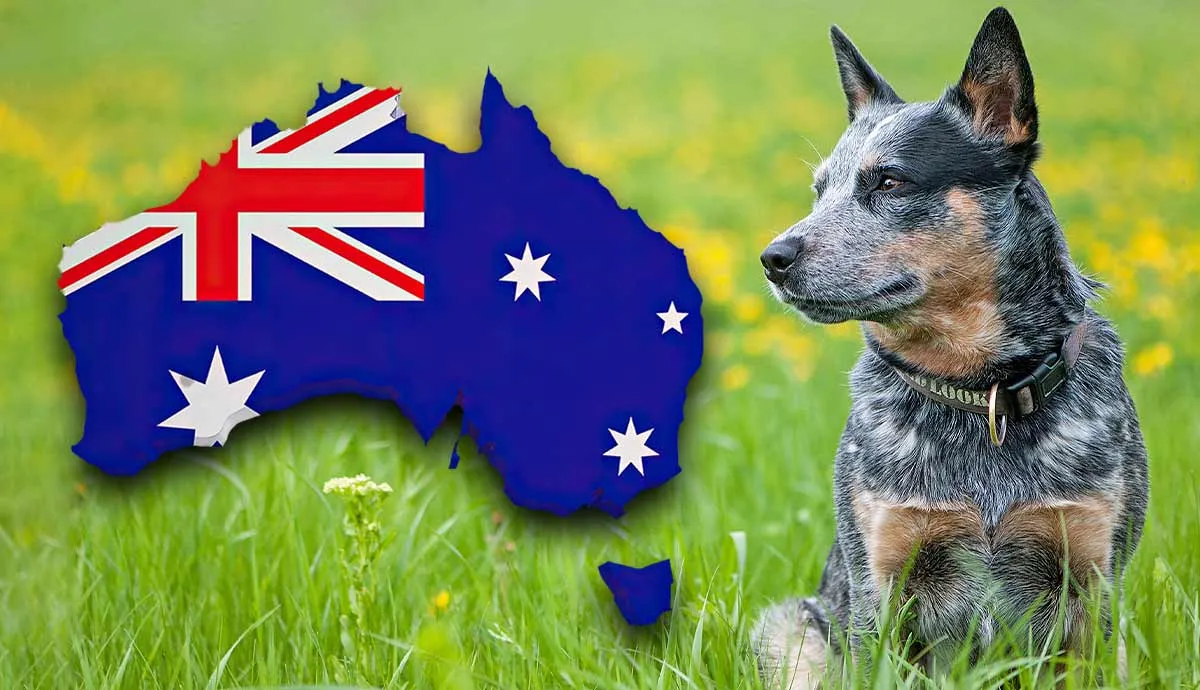Vizslas are the poster pups for elegance and athleticism. Because of their affectionate nature, unwavering loyalty, and remarkable hunting prowess, Vizslas have earned their place as versatile working dogs. These 12 facts will prove why the Vizsla’s eye-catching golden-rust coat, intelligence, and regal expression have increased its worldwide popularity.
Hello Hungary! These Dogs Come from Europe

The Vizsla is a hunting dog with a history that likely dates back to the 10th century in what is now modern-day Hungary. As a sporting breed, they were bred to hunt, chase, and retrieve game birds. Because falconry was a popular contemporary sport, Vizslas would often tag team with falcons to catch smaller prey. Their excellent sense of smell, stamina, and agility made them ideal partners for falconers. In addition, the breed was carefully bred to its golden-rust color to camouflage with the landscape during hunts.
When they weren’t on hunting duty, these pups were adored by the Hungarian aristocracy and loyal family members. Hungarian kings, noble families, and warlords valued Vizslas for their loyalty and regal appearances, which increased their popularity with the upper class.
Most Vizslas Sport a Copper Coat and Sleek Build

The breed standard calls for smooth, short, coppery coats with lips, noses, eyes, and toes that blend in with the rest of the body. However, some acceptable color variations include:
- Golden
- Red
- Red golden
- Rust
- Rust golden
- Sandy yellow
As mentioned earlier, these natural coat colors ensured they could blend in with the background and catch game birds more efficiently. Vizslas are also medium to large dogs with adults weighing 44-60 pounds and standing 21-24 inches at the shoulders. They have sleek, athletic bodies and long floppy ears that strike a balance between serious and playful. To add another layer of fun, their tails often stand vertically when they sniff and explore their surroundings.
The Wirehaired Vizsla: Another Variation
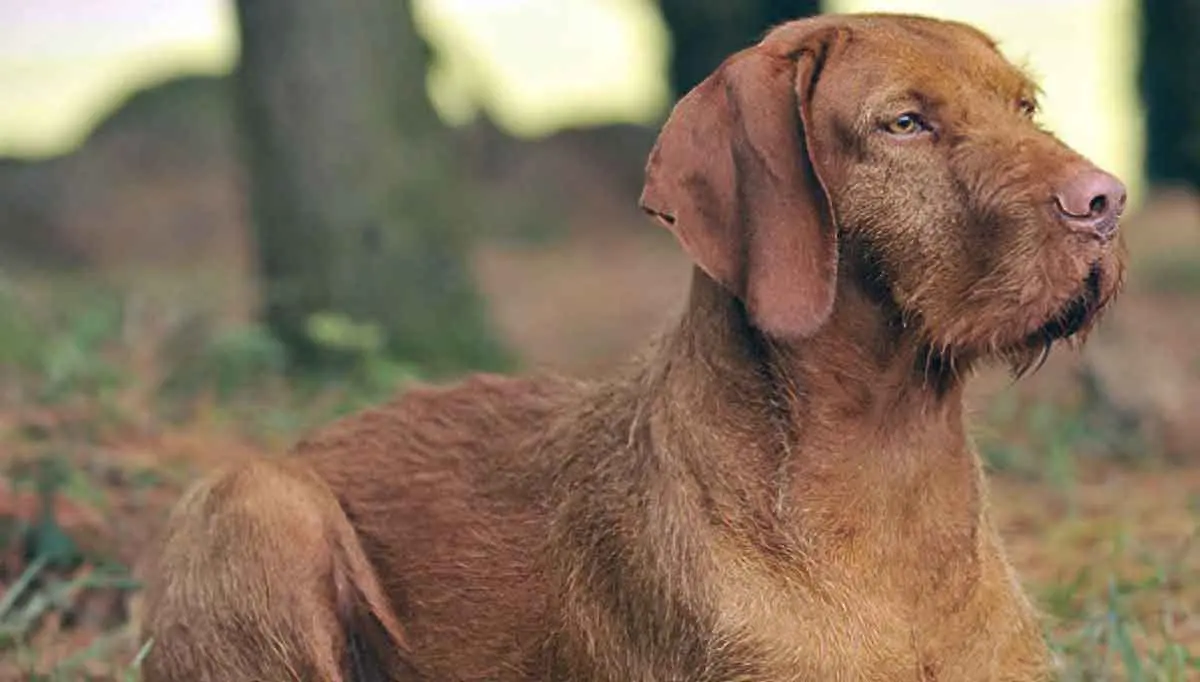
Aside from the smooth-coated Vizsla, there is a wirehaired variety that sports thick, dense fur. Hunters developed this breed with a longer coat so they could stay warm and continue hunting in lower temperatures and cold waters with added insulation. Due to their fur, Wirehaired Vizslas have fantastic eyebrows and beards which add more character to their faces.
They are also a few inches taller and a few pounds heavier than their cousins with short, smooth fur but have the same coat color patterns. Some might consider fur texture a minor physical difference, but it’s enough for the American Kennel Club (AKC) to classify wirehaired vizslas as their own breed.
Low-Maintenance Grooming Requirements
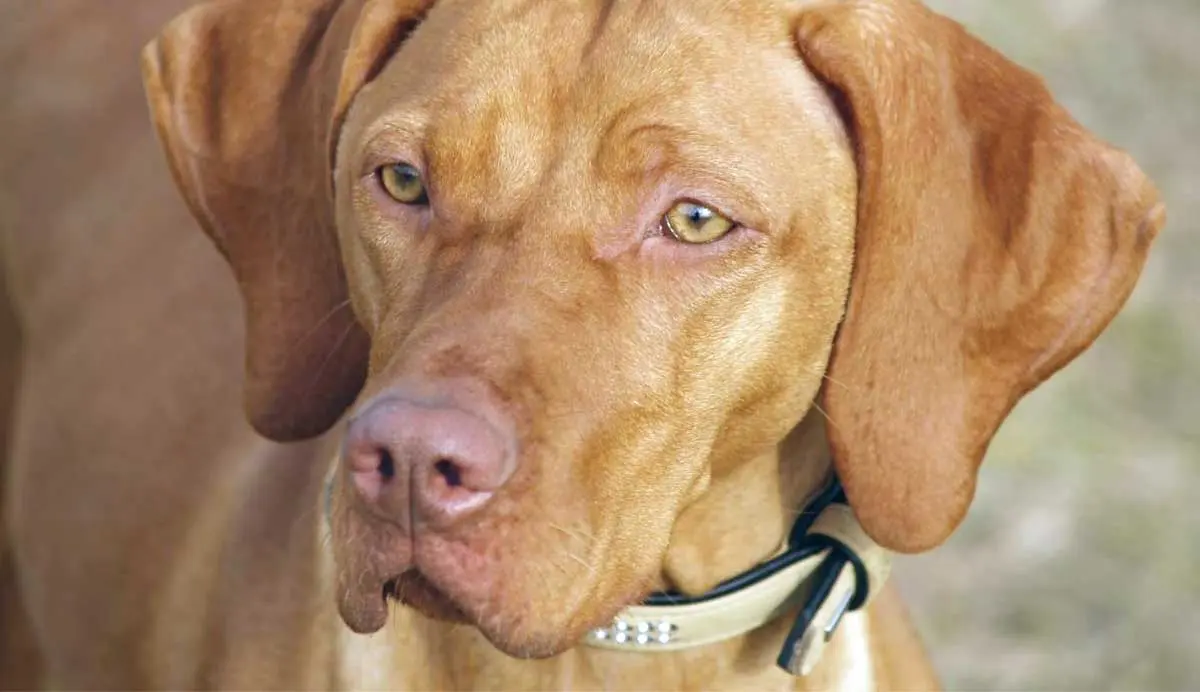
These pups are moderate shedders, and both the smooth coat and wirehaired varieties are fine with a weekly brushing. Their bathing routines are a bit more flexible as they only need full showers after a day of rolling in dirt or if they become really dirty or smelly. For quick refreshes in between baths, they can be wiped down with a damp towel or dog-friendly wipes.
To complete the hygiene regimen, a Vizsla’s big, floppy ears need regular inspection to check for any debris or wax buildup. Nail trims depend on a dog’s activity levels. Pups that dig for hours a day, run on abrasive surfaces, and naturally wear down their nails won’t need trims as often. Lastly, teeth brushing freshens your dog’s breath and reduces the chance of infections or other dental conditions.
These Are Kindhearted, Gentle Pups

Vizslas are adored for their affectionate, playful, and outgoing personalities. They easily form strong bonds with their human companions and earned the nickname "Velcro dogs" for their tendency to stick close by.
Their gentle and sensitive nature also makes them excellent family pets, showing great patience and affection, especially toward children. Even with their strong hunting instinct, Vizslas typically express a gentle demeanor with other pets and strangers. However, early socialization and training are always the best strategies.The Vizsla's temperament combines warmth, enthusiasm, and loyalty, making them cherished companions for those seeking a devoted and loving canine partner.
These Dogs Have Endless Energy
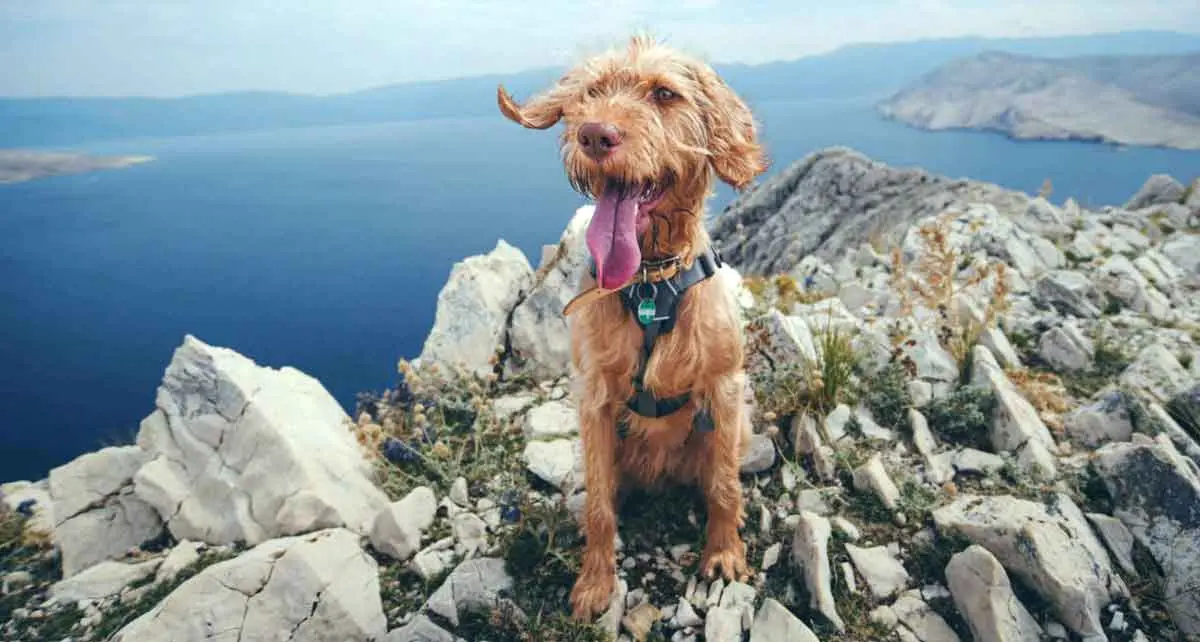
This breed needs an owner and family with an active lifestyle. The AKC rates them a five out of five for playfulness, energy levels, and mental stimulation needs, meaning they have the highest demands. It’s no surprise that a dog bred as an active hunter would need hours of running and roaming to tire themselves out.
Vizslas feel their best when they do at least 30 minutes of fast-paced activity each day, and they prefer longer runs off-leash. A spacious backyard, dog park, or nature trail would do the trick. Owners can also tap into their retrieving instincts by playing fetch with a ball or frisbee or tossing squeaky animals for the pup to chase and bring back. These games and exercises keep a Vizslas mind engaged and prevents boredom.
Vizslas Are Easy to Train
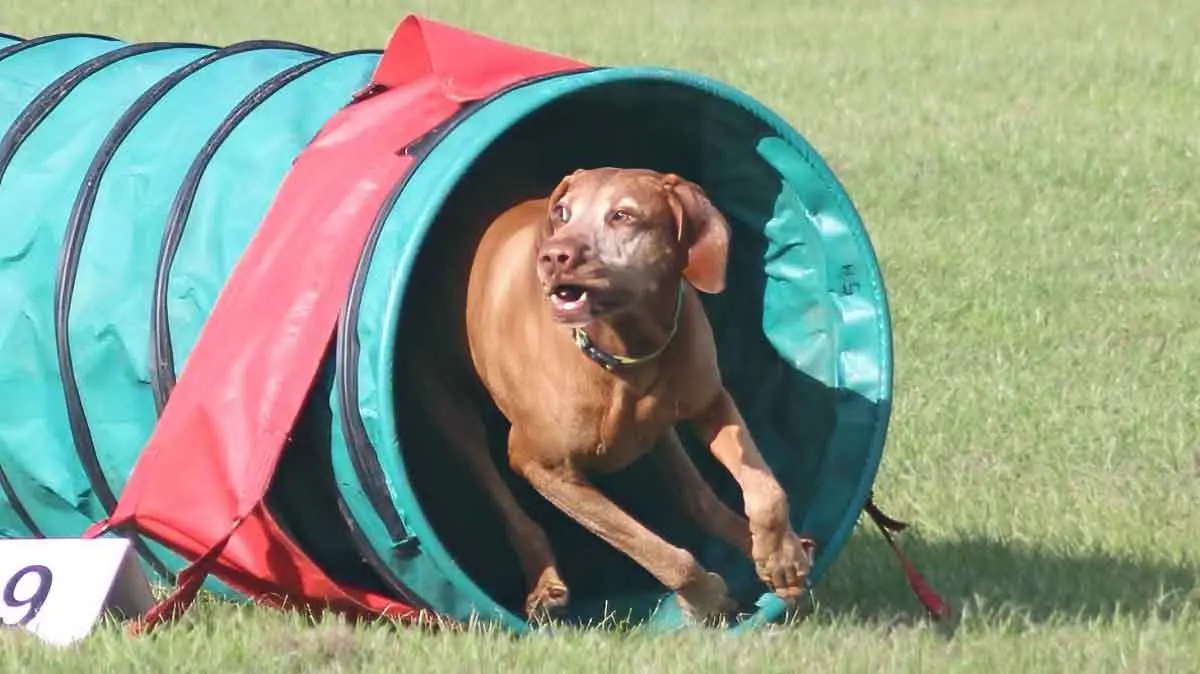
Experienced and dedicated owners can use a Vizsla’s love for physical activity and use it to train a canine athlete. They are just as adaptable and trainable as they are energetic! Vizslas love receiving extra attention and thrive with positive reinforcement and a gentle, but firm trainer. As a sensitive breed, they don’t respond well to harsh instruction. Both the owner and Vizsla will benefit the most if lessons start as a puppy, and the desired hobbies and skills are picked up from an early age.
They are a flexible breed and can learn and compete in obedience, agility, rally, and dock diving courses. Of course, Vizslas excel at what they were bred to do and the jobs that pulse in their DNA. These canines are ideal for scent work or tracking courses, hunting tests, field trials, barn hunt competitions, and other breed-specific sports. The tasks are natural to them, but early instruction lets them hone their skills.
Clifford: the Big Red Vizsla?
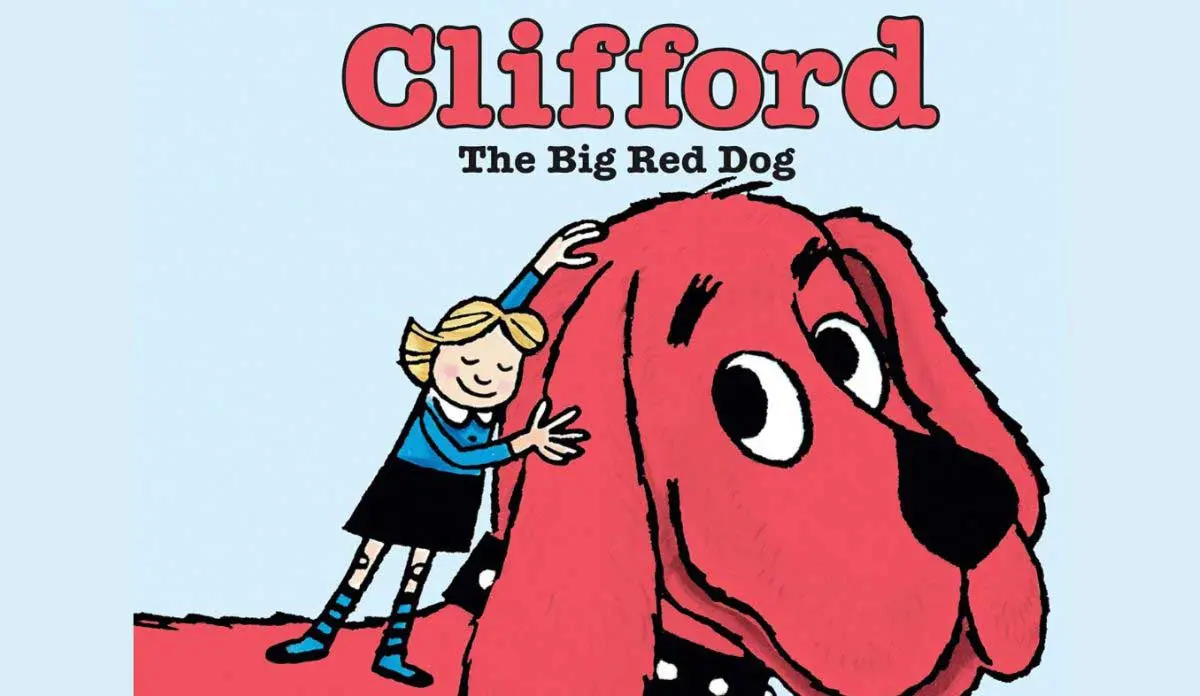
Clifford the Big Red Dog was a favorite children’s cartoon in the early 2000s (this author watched it every day after school), and it made a splash in theaters with the live-action remake in 2021. Creator Norman Birdwell said he got inspiration from all dogs for Clifford’s behavior and personality.
While his prototype leaned more toward a giant bloodhound, publications like Mental Floss and Embark agree that Clifford looks and acts more like a Vizsla. He’s playful, loyal, gentle, adaptable, and loves following around his owner, Emily Elizabeth, for new adventures. The reddish coat and lack of wrinkles also make Clifford resemble Vizslas.
Vizslas Are Generally Healthy Dogs
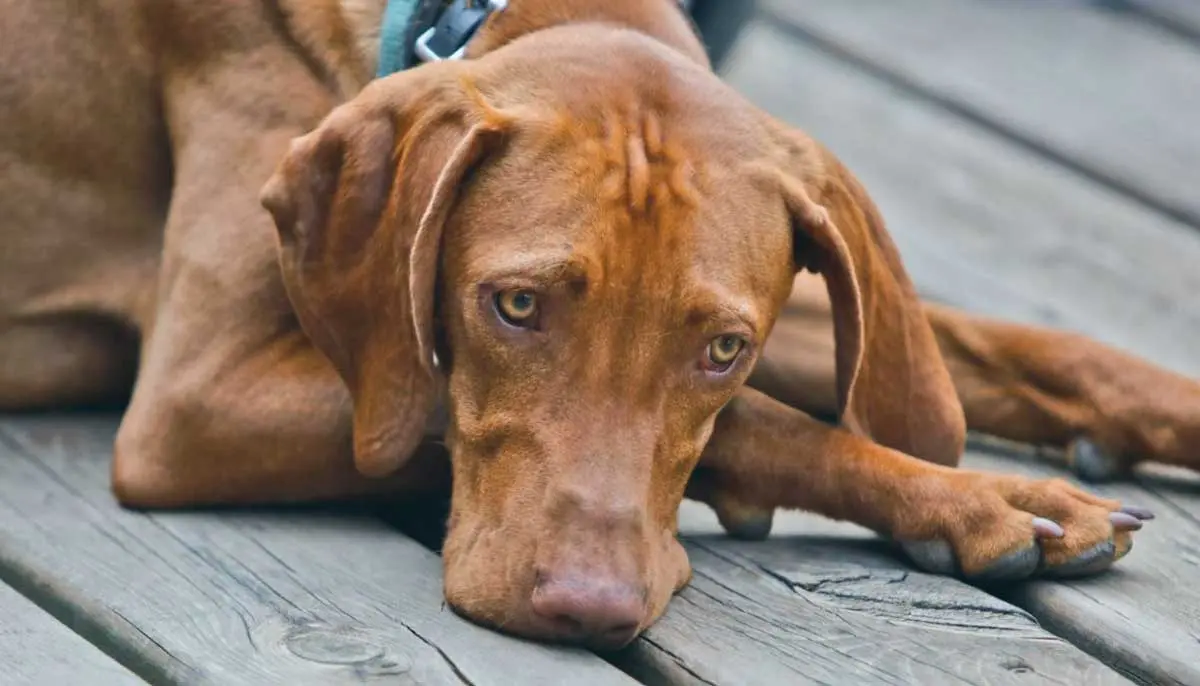
Vizslas are considered a healthy breed, but they are still prone to certain health concerns. Hip dysplasia is one of the most prevalent. This condition occurs when the hip joint doesn't develop properly, leading to deterioration and limited mobility over time. To prevent hip dysplasia, responsible breeding practices are essential, including screening breeding dogs for hip dysplasia through X-ray testing.
Additionally, maintaining a healthy weight and regular exercise can help reduce the strain on the hip joint. If a Vizsla does develop hip dysplasia, treatment options include weight management, exercise modification, physical therapy, and medications to reduce pain and inflammation.
In severe cases, surgical interventions such as hip replacement or joint surgeries may be necessary to improve mobility and quality of life. Regular veterinary check-ups are crucial in addressing and managing health concerns in Vizslas.
Vizslas Make for Cute Service Dogs
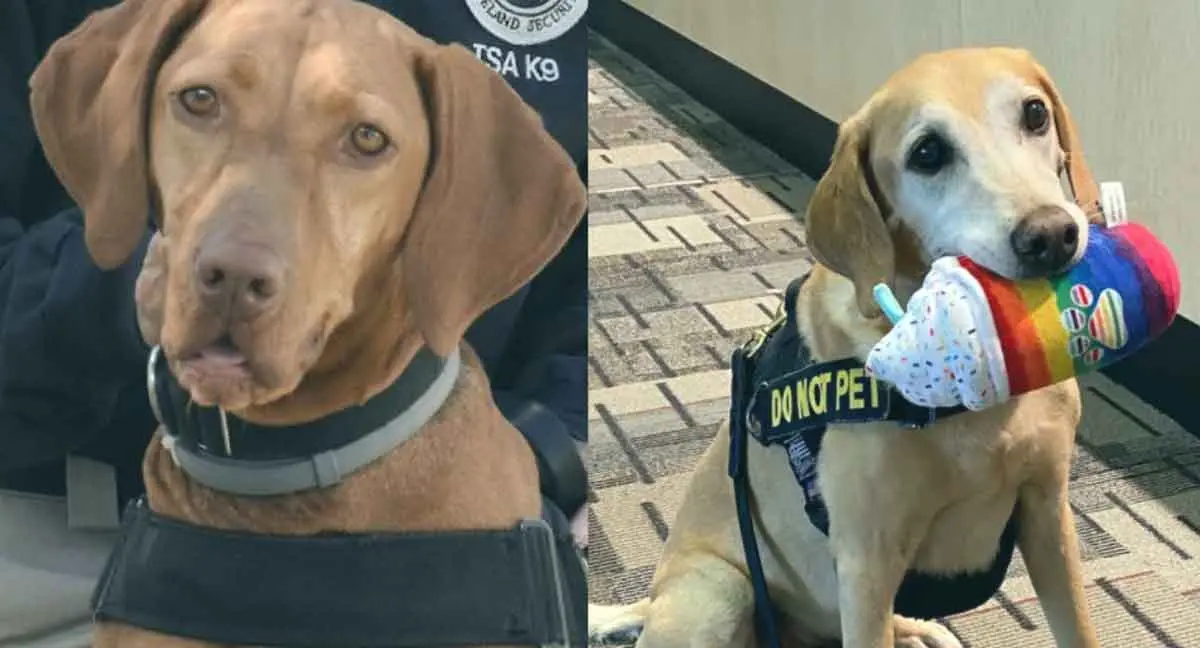
Vizslas use their excellent noses and scent work abilities to keep the public safe. They can be trained as service dogs to help law enforcement and safety teams detect potential dangers. The Transportation Security Administration (TSA) trusts Vizslas to protect commuters in busy airports and sniff out explosives. Each year, the TSA asks its social media followers to vote for the cutest service animal, and Vizslas have won twice in the last four years.
During the 2020 competition, Kajal, a four-year-old Vizsla who works in Honolulu, Hawaii, won the title for her kind face and impressive commitment. The TSA boasts that Kajal ranks high in her daily average time worked and length of training sessions. In 2022, a golden Vizsla-Labrador pup named Eebbers topped the list. She worked in a Minneapolis-based airport for over 10 years and kept crowds safe at local sporting events too.
These Dogs Break Records
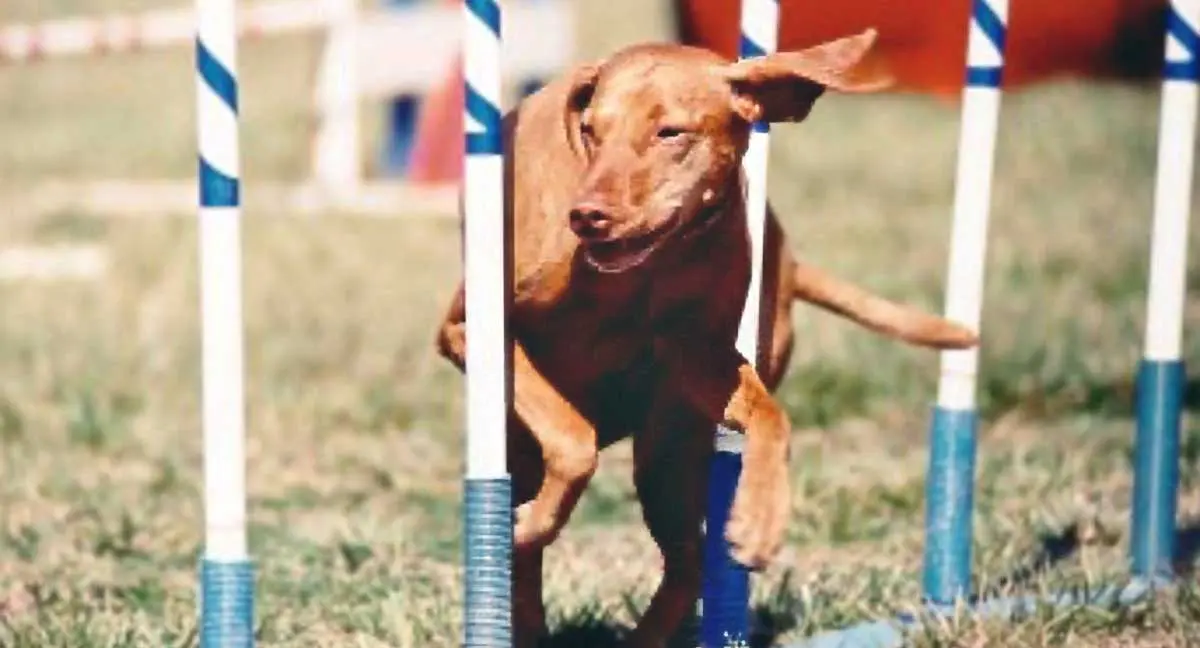
This breed has won first place in competitions long before the TSA’s contest. In 2000, a nine-year-old Vizsla named Chartay made history for being the first dog –of any breed– to win five AKC championship titles in different categories. She earned her first title, Conformation champion, at age two and won more awards over the next seven years.
Chartay also earned:
- Amateur Field Champion (AFC)
- Obedience Trial Champion (OTCH)
- Master Agility Champion (MACH)
- Utility Dog Excellent (UDX)
- Master Hunter (MH)
She can thank her natural abilities and her trainer, who worked as an AKC field trial and hunting judge, for all the consistent wins.
Vizslas Aren’t the Only Hungarian Dog Breed
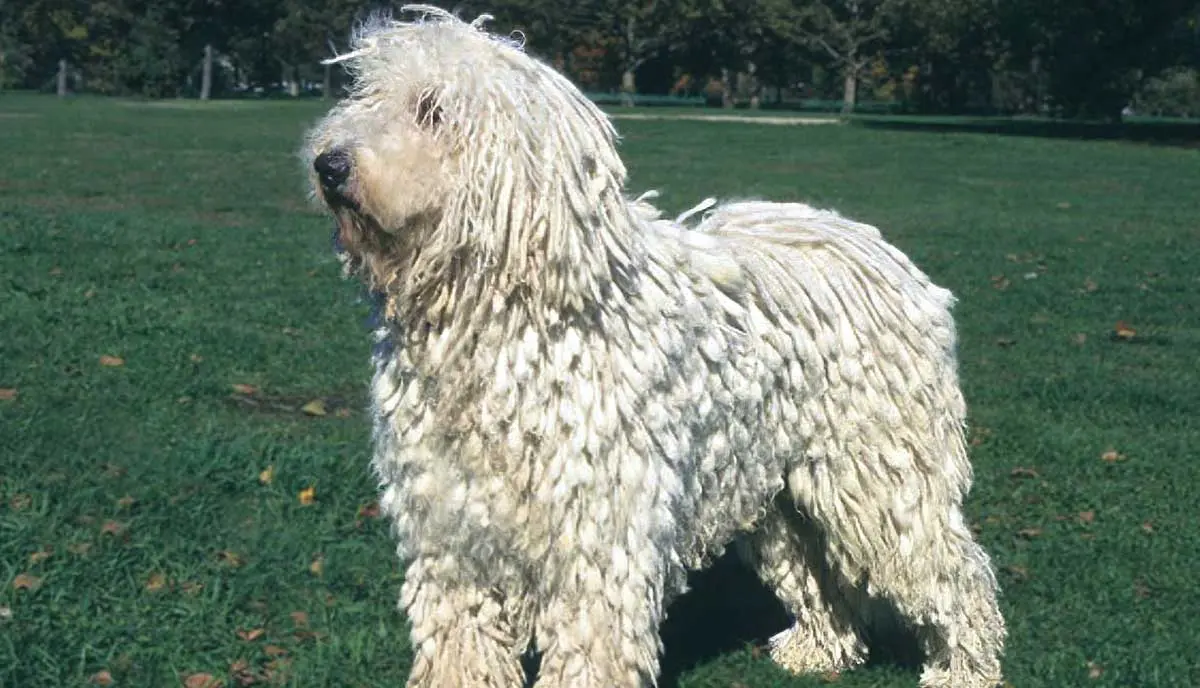
Hungary boasts several native breeds, each reflecting the country's rich history and diverse landscape. Among them is the robust and versatile Hungarian Pumi, known for its distinctive curly coat and sheep herding abilities. They are just as energetic as Vizslas but have a smaller build and weigh between 20-30 pounds.
The Komondor, another Hungarian shepherd dog, is recognizable by its white cords that drape around the body and provide protection from harsh climates. Komondors also have a fearless demeanor that was developed from guarding livestock against predators.
Lastly, Mudis are a small herding breed prized for their agility and versatility in various dog sports and tasks. Their perky ears and sweet faces make them all the more lovable!
